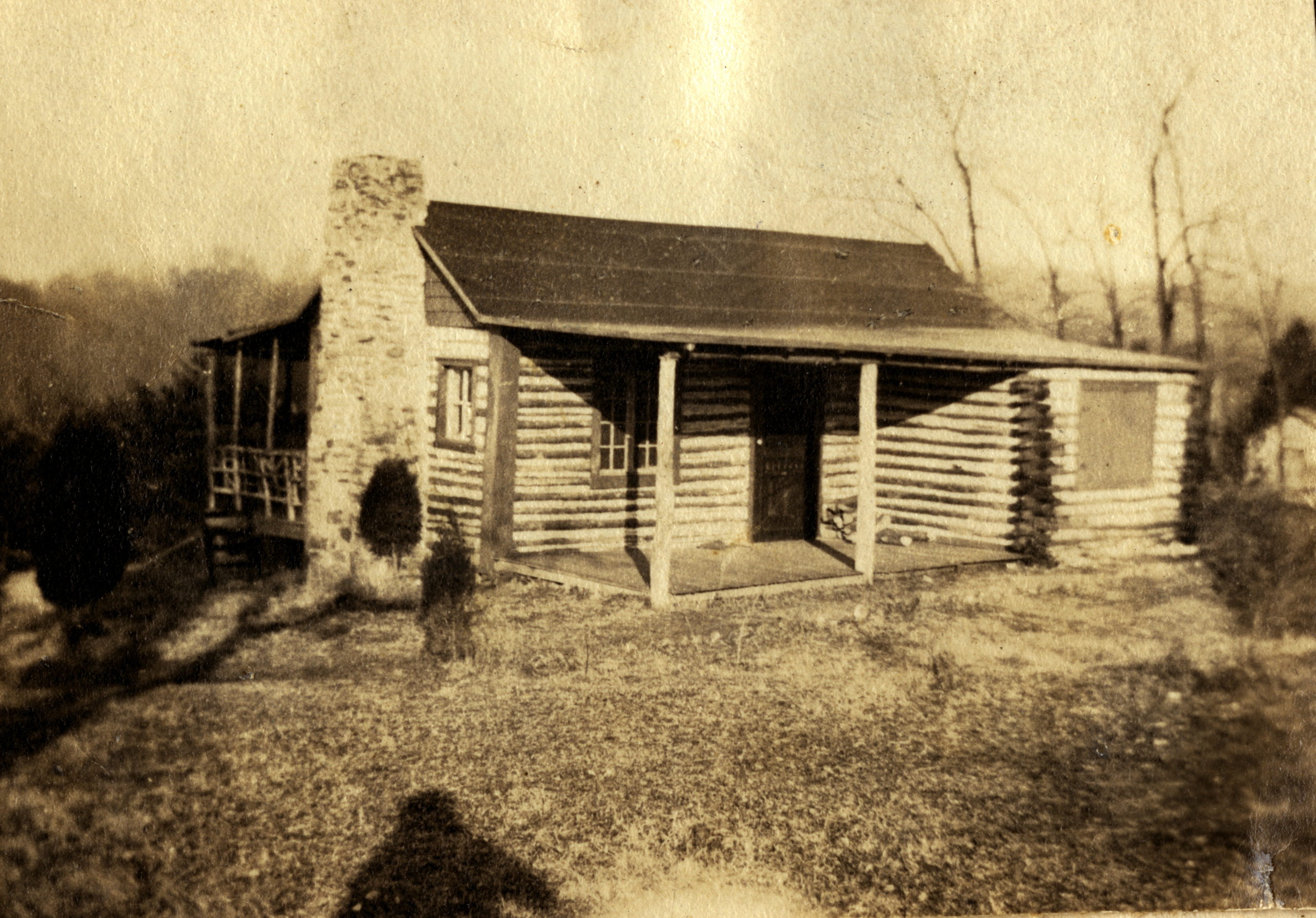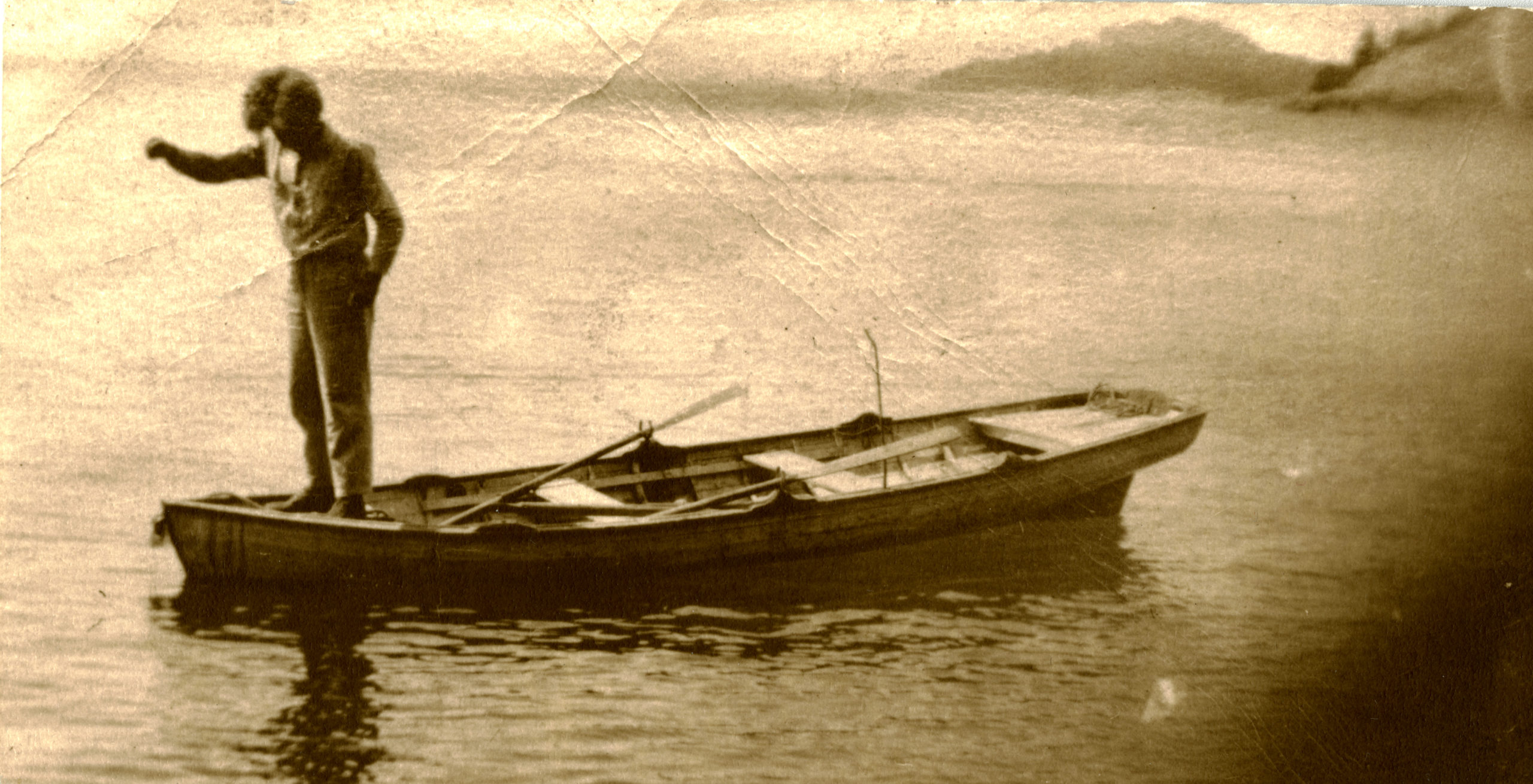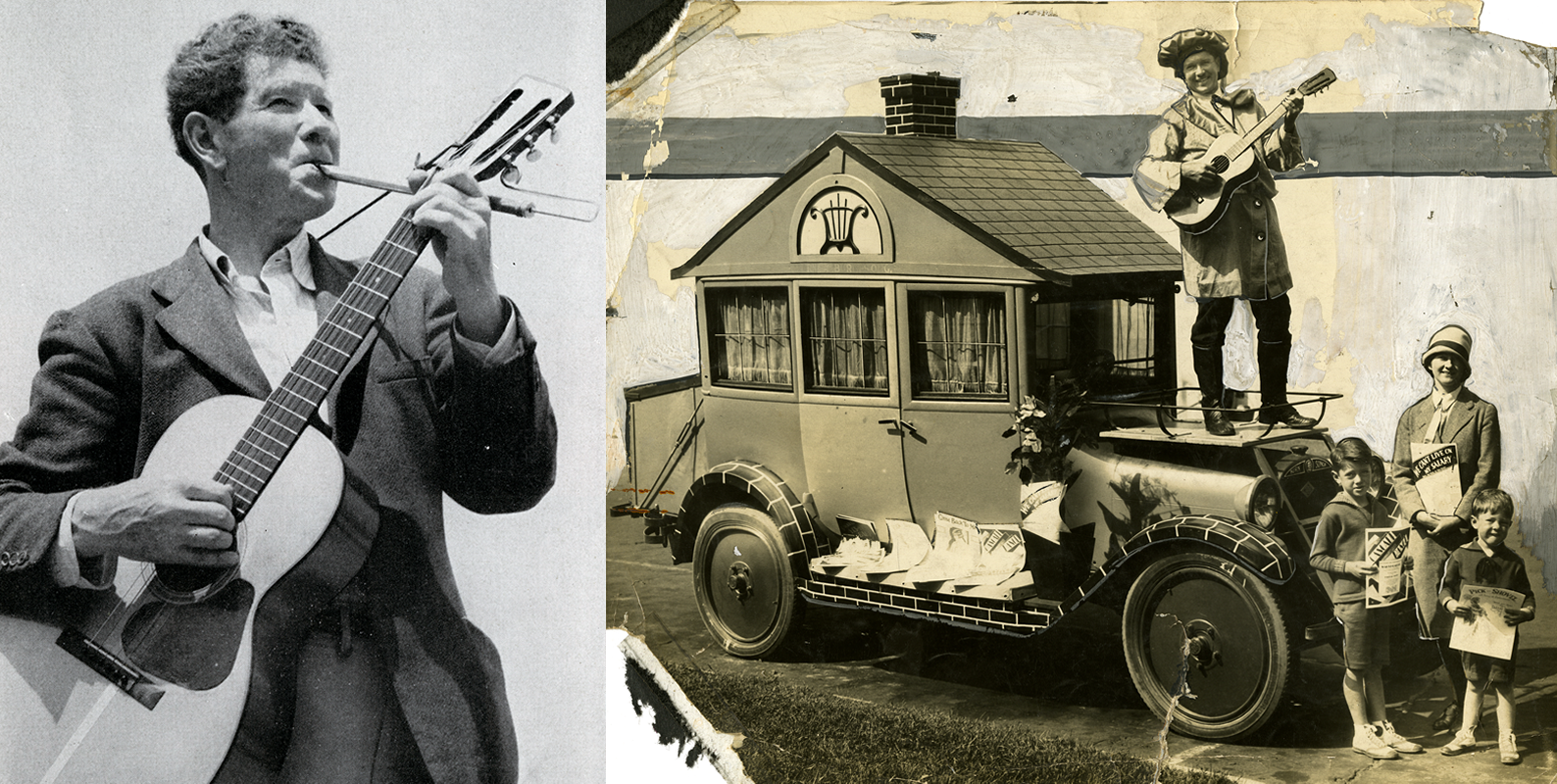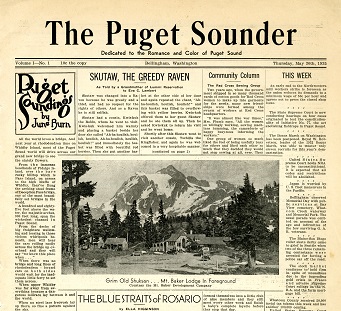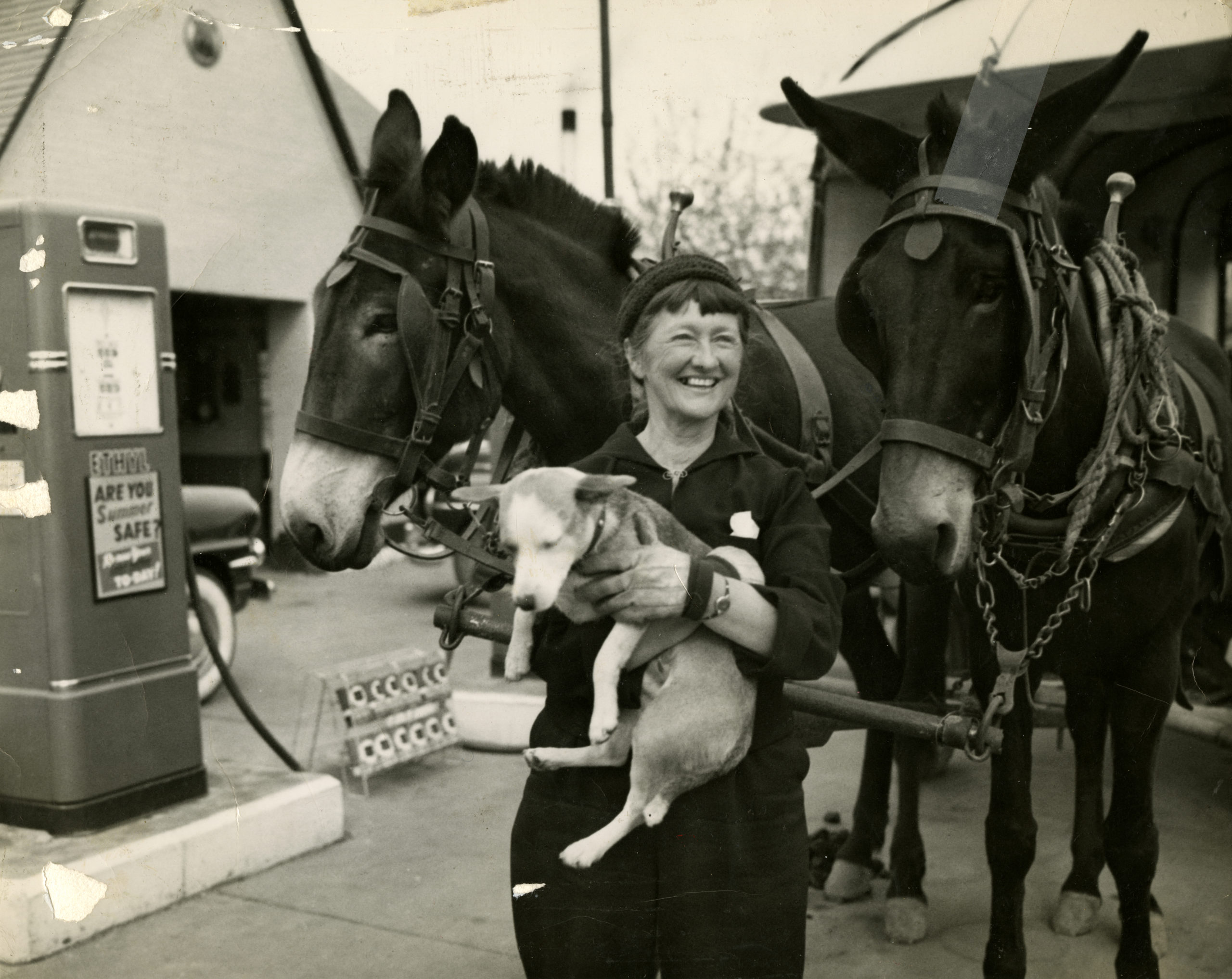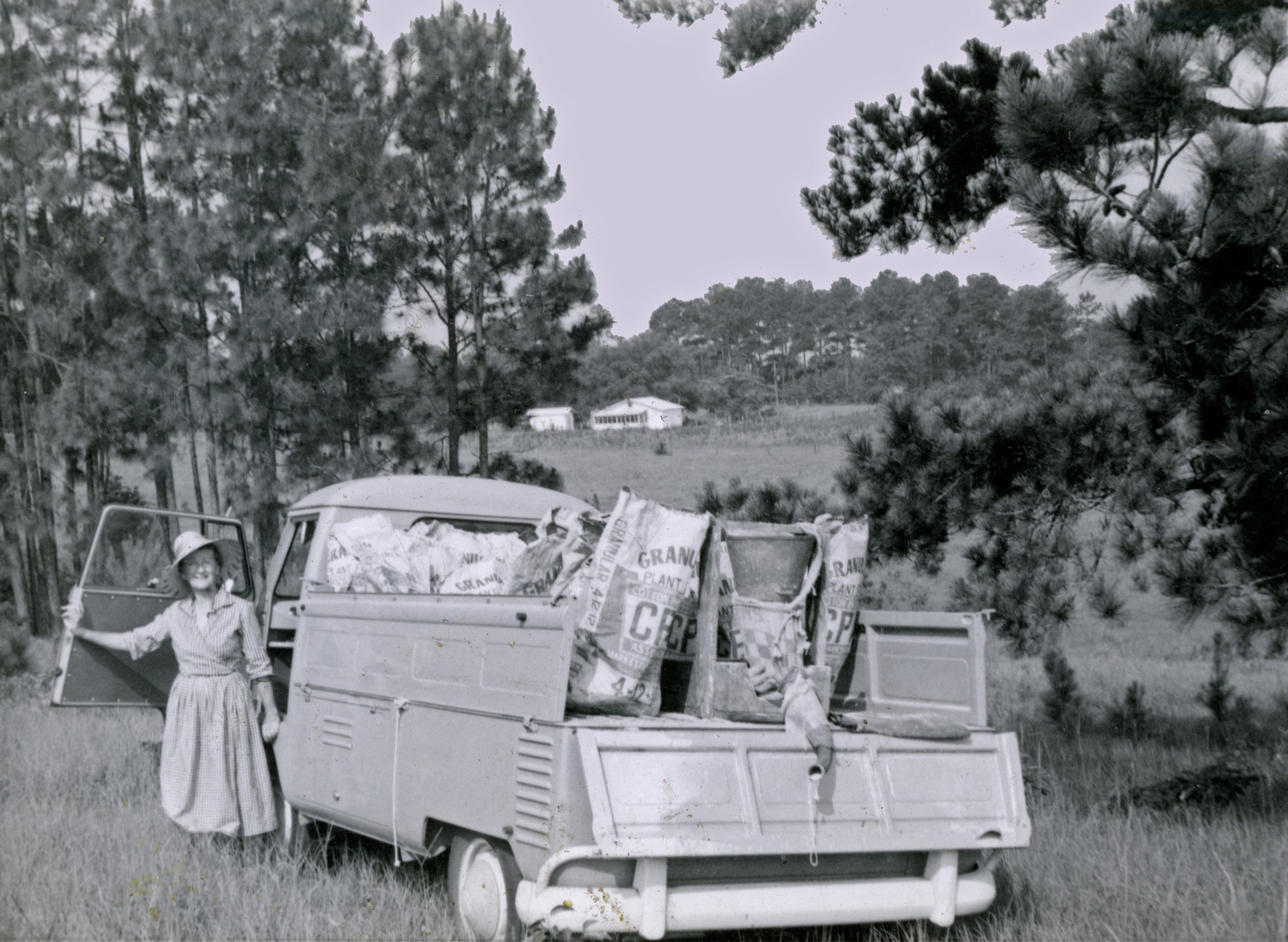Their Story
Images of “Interior, Covered Wagon” and “June And Farm Truck” were re-touched in Photoshop
from scans of originals housed at the Center for Pacific Northwest Studies.
Photos used by permission.
June and Farrar Burn Papers
Center for Pacific Northwest Studies
Western Libraries Heritage Resources
Western Washington University
https://Library.wwu.edu/hr/cpnws

